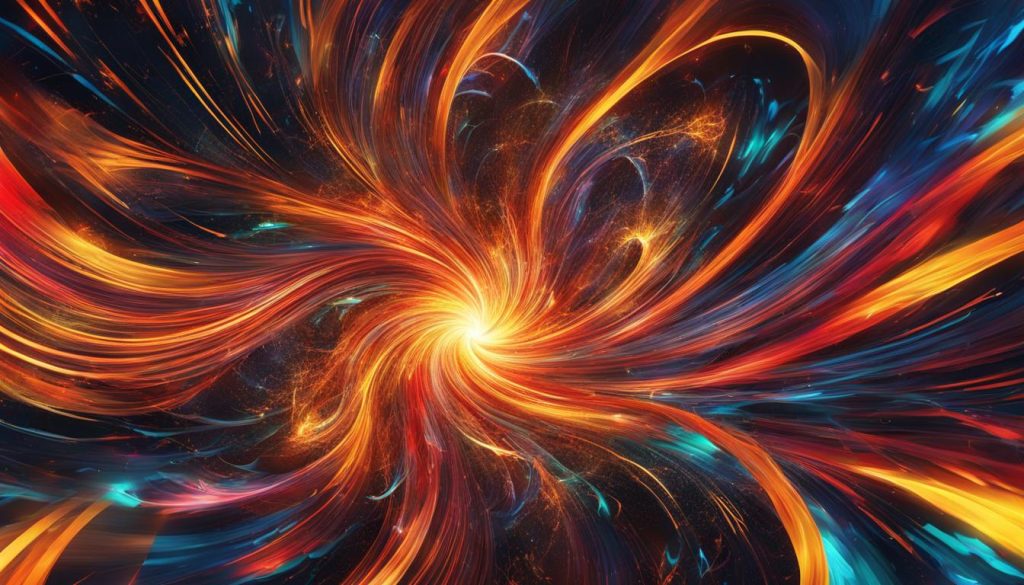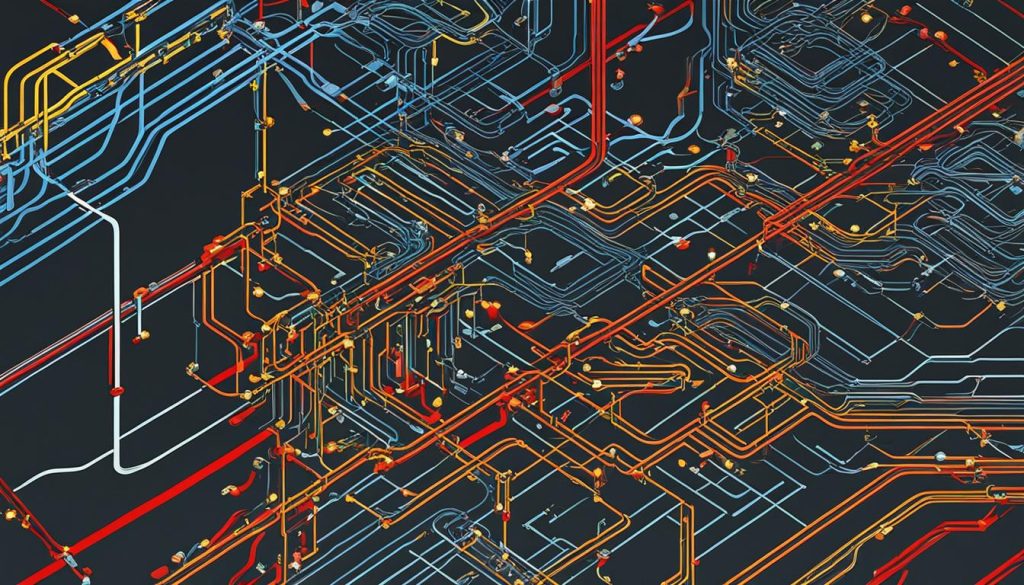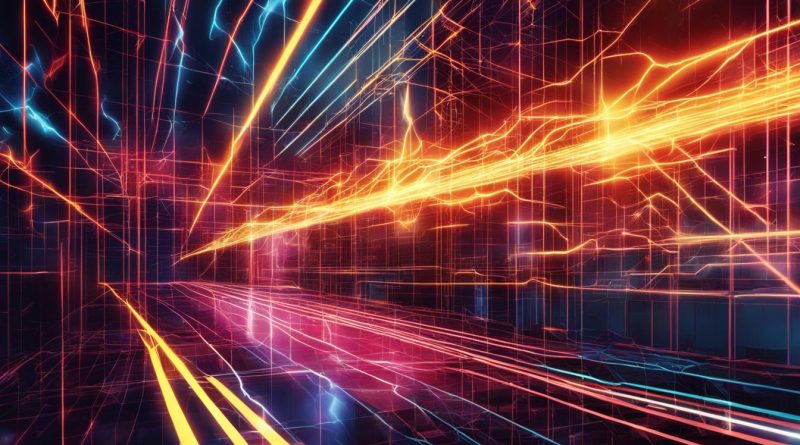Understanding Electricity: A Comprehensive Guide
Electricity is an essential component of modern society. It powers everything from our homes to our workplaces, transportation systems, and communication networks. But have you ever wondered what electricity is and how it works?
In this comprehensive guide, we will explore the basics of electricity, including its definition, different types, and the principles that govern its behavior. We will also discuss the concept of electric power and its importance in our daily lives.
So, what is electricity? In simple terms, electricity is a form of energy resulting from the movement of charged particles. This energy can be harnessed and transformed into various forms of power, such as heat, light, and mechanical energy.
Electric power refers to the rate at which electric energy is transmitted, typically measured in watts or kilowatts. Understanding electric power is crucial to managing and using electricity effectively.
Finally, we will look into the different types of electricity, including direct current (DC) and alternating current (AC), and their practical applications in various industries.
Key Takeaways
- Electricity is the movement of charged particles that can be transformed into various forms of power.
- Electric power refers to the rate at which electric energy is transmitted.
- There are different types of electricity, including DC and AC.
- Understanding electricity is crucial to managing and using it effectively.
- Electricity is essential to modern society, powering our homes, workplaces, and transportation systems.
Electricity Generation and Principles
Electricity generation is the process of converting other forms of energy, such as mechanical, thermal, or chemical, into electrical energy. Today, the majority of electrical power is generated by using fossil fuels, including coal, oil, and gas, as well as nuclear energy. However, in recent years, renewable sources of energy such as solar, wind, and hydroelectric power have gained popularity. This shift towards sustainability is necessary to reduce carbon emissions and combat climate change.
Electrical energy is the energy that electrical charges possess when they are in motion. This energy is measured in units of joules (J). A joule is defined as the energy transferred when a force of one newton is applied over a distance of one metre.
Electrical current is the flow of electrical charges through a conductor, such as a wire. The flow of current is caused by a potential difference, or voltage, which pushes electrical charges around a circuit. The unit of measurement for electrical current is the ampere (A), which is defined as the flow of one coulomb of charge per second.
The principles of electrical energy and current are essential for understanding how electricity generation works and how it can be harnessed to power our daily lives.

Methods of Electricity Generation
| Method | Advantages | Disadvantages |
|---|---|---|
| Fossil Fuels | Reliable, easy to transport and store | Contributes to air pollution and climate change, non-renewable |
| Nuclear Energy | Produces high amounts of energy, low carbon emissions | Potential for nuclear accidents, radioactive waste disposal issues |
| Solar Power | Renewable, no carbon emissions | Intermittent, requires large areas for solar panels |
| Wind Power | Renewable, no carbon emissions, low operating costs | Intermittent, impacts local wildlife, requires large areas for wind turbines |
| Hydroelectric Power | Renewable, no carbon emissions, provides storage for water supply | Displaces communities, impacts aquatic ecosystems, requires large areas for dam construction |
Overall, understanding the principles of electricity generation is crucial to appreciate the different sources of electrical energy and how they can affect the environment. As technology advances and renewable sources become more accessible, it is important to continue to innovate and find new ways to generate electricity sustainably.
Electrical Circuits, Conductors, and Insulators
Electricity flows in a circuit, a closed loop that provides a path for the current to travel. A circuit is comprised of different electrical components, such as wires, resistors, and switches, that control and regulate the current flow. The components of a circuit are connected by electrical conductors, materials that allow electricity to flow easily through them due to their movable electrons.
Electrical conductors come in various shapes and sizes, and each has its own unique conductivity level. Metals are the most common electrical conductors due to their high electron mobility, but other materials such as copper, aluminium, and gold are also popular conductors. A good conductor has a low resistance to electrical current, ensuring minimal energy loss.
On the other hand, electrical insulators are materials that resist the flow of electrical current by blocking the movement of electrons, ensuring that the electric charge stays where it is intended. Examples of insulators include air, rubber, and plastic. By preventing the loss of electrical energy that can occur through the conductor, insulators are critical in maintaining the efficiency and safety of electrical circuits.

The next component of a circuit is a resistor, a material that resists the flow of electrical current, influencing the voltage and current in a circuit. Resistors are used in various circuit designs to reduce current flow, divide voltage, and adjust signal levels.
Electrical Circuit Types
There are two primary types of circuits: series circuits and parallel circuits. In a series circuit, the components are arranged in a single loop, meaning the same current flows through each of them. In a parallel circuit, multiple components are connected in separate loops, each with its own current flow.
Electrical Circuit Diagram
Electrical circuits are often depicted using a circuit diagram, a schematic representation that uses symbols to designate the components and electrical connections. This diagram helps to provide a clear understanding of the circuit’s behavior and operation.
Conclusion
In conclusion, this comprehensive guide has provided an in-depth understanding of electricity. The reader has been able to explore its fundamental principles, various generation methods, and practical applications. By grasping the concept of electricity, he or she can appreciate its role in powering the modern world and continue to innovate and harness its potential for the future. With the continued advancements in technology, the need for electricity is ever-growing, and as such, businesses and individuals alike are investing in sustainable energy sources to reduce their carbon footprint and promote a greener planet.
FAQ
What is electricity?
Electricity is the presence and flow of electric charge. It is a form of energy that we use to power various devices and systems in our daily lives.
What is the definition of electric power?
Electric power refers to the rate at which electric energy is transferred or consumed. It is measured in watts and is a crucial aspect in understanding the capacity and efficiency of electrical systems.
What are the different types of electricity?
There are two main types of electricity: AC (alternating current) and DC (direct current). AC changes direction periodically, while DC flows in one direction. AC is used for power distribution in homes and businesses, while DC is used in batteries and electronics.
How is electricity generated?
Electricity can be generated through various methods, including the burning of fossil fuels like coal and gas, harnessing renewable sources like sunlight and wind, and through nuclear power. These methods involve converting different forms of energy into electrical energy.
What is electrical energy?
Electrical energy is a form of potential or kinetic energy that is present in electrically charged particles. It is the energy associated with the flow of electricity and is harnessed to power devices and perform work.
What is electrical current?
Electrical current refers to the flow of electric charge in a conductor. It is measured in amperes (A) and is essential for the transfer of electrical energy. Current can flow in either direction in AC, while it flows in one direction in DC.
What are electrical circuits?
Electrical circuits are pathways through which electricity flows. They consist of various components such as wires, resistors, switches, and power sources. Circuits can be simple or complex, and they enable the transfer of electrical energy to power devices and systems.
What are electrical conductors and insulators?
Electrical conductors are materials that allow the flow of electrical current. They have a high conductivity and low resistance, allowing electricity to pass through them easily. Insulators, on the other hand, are materials that resist or limit the flow of electric current. They have low conductivity and high resistance, thus preventing the loss of electrical energy.




